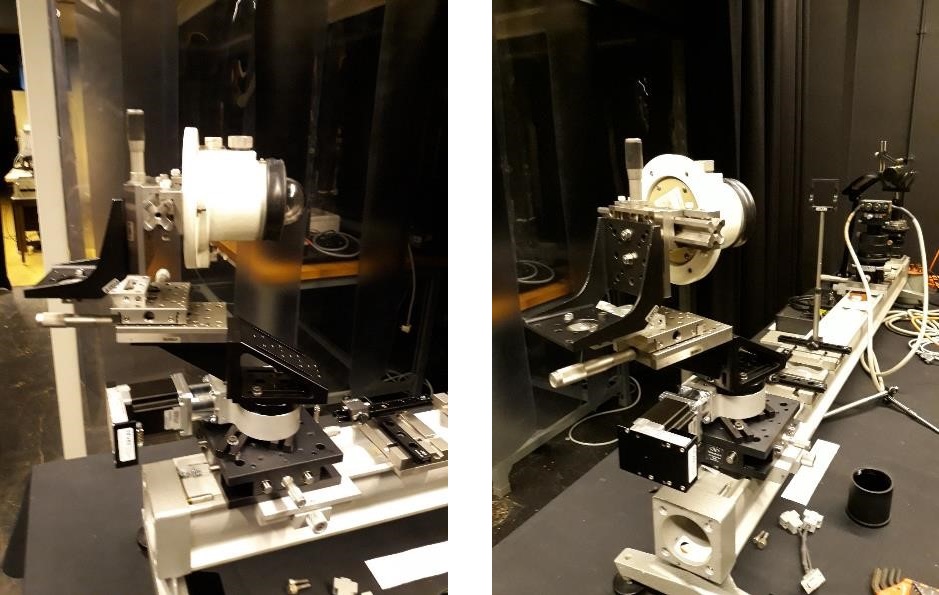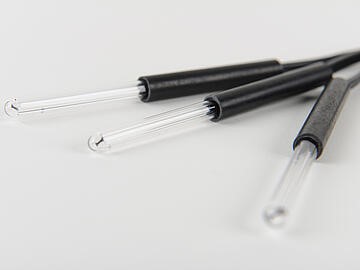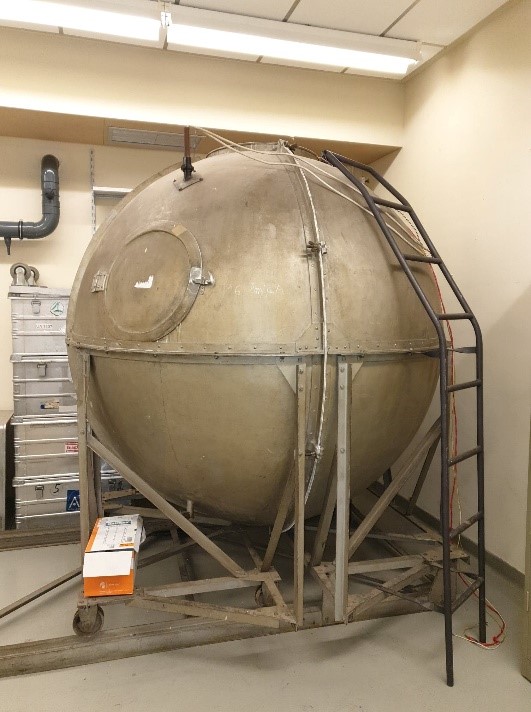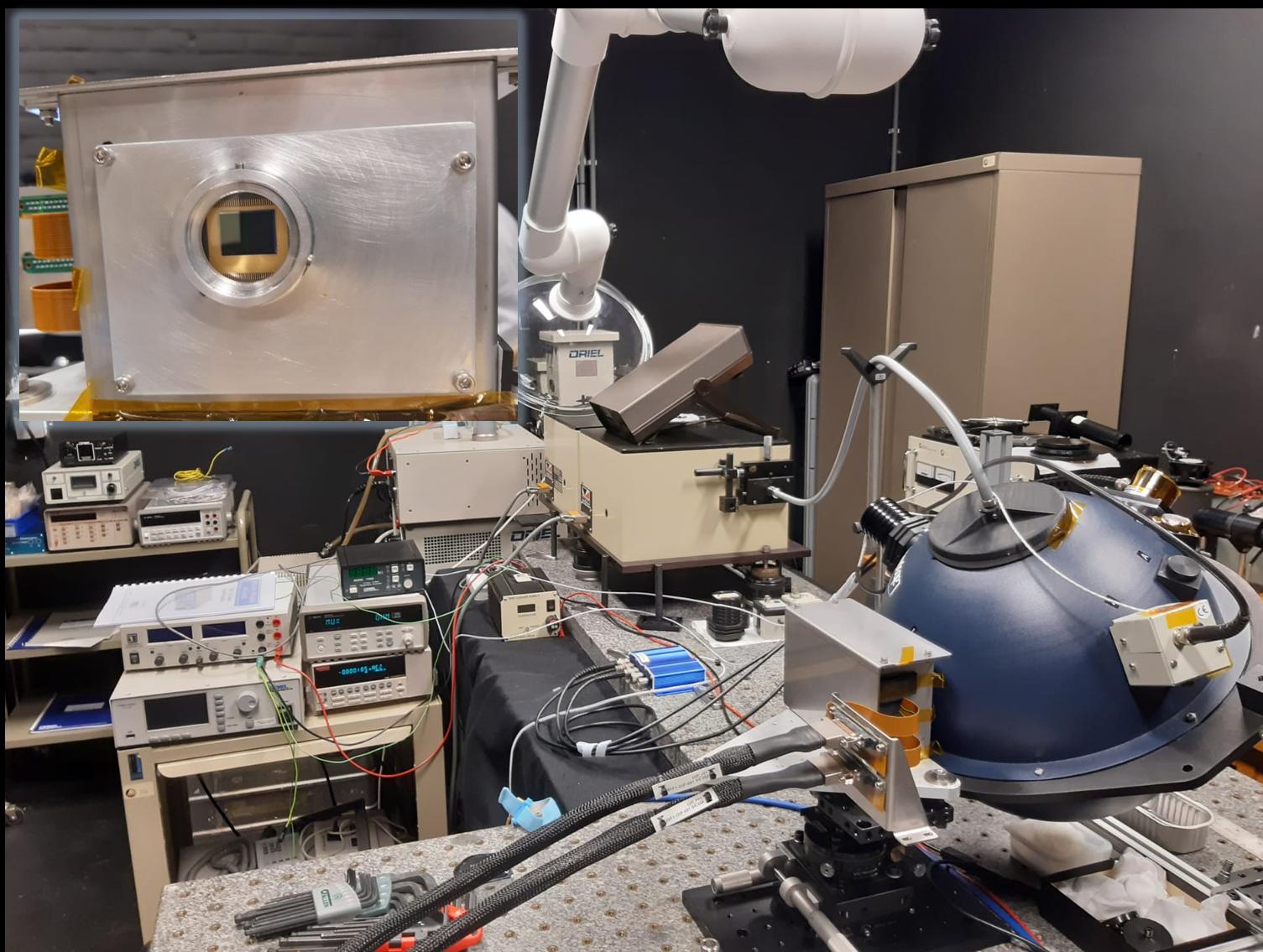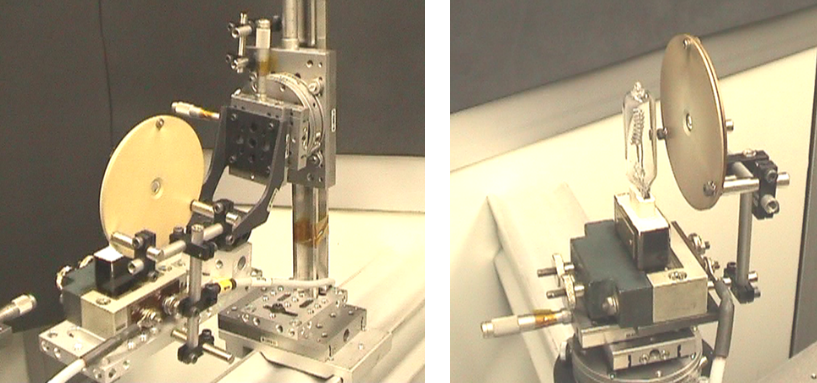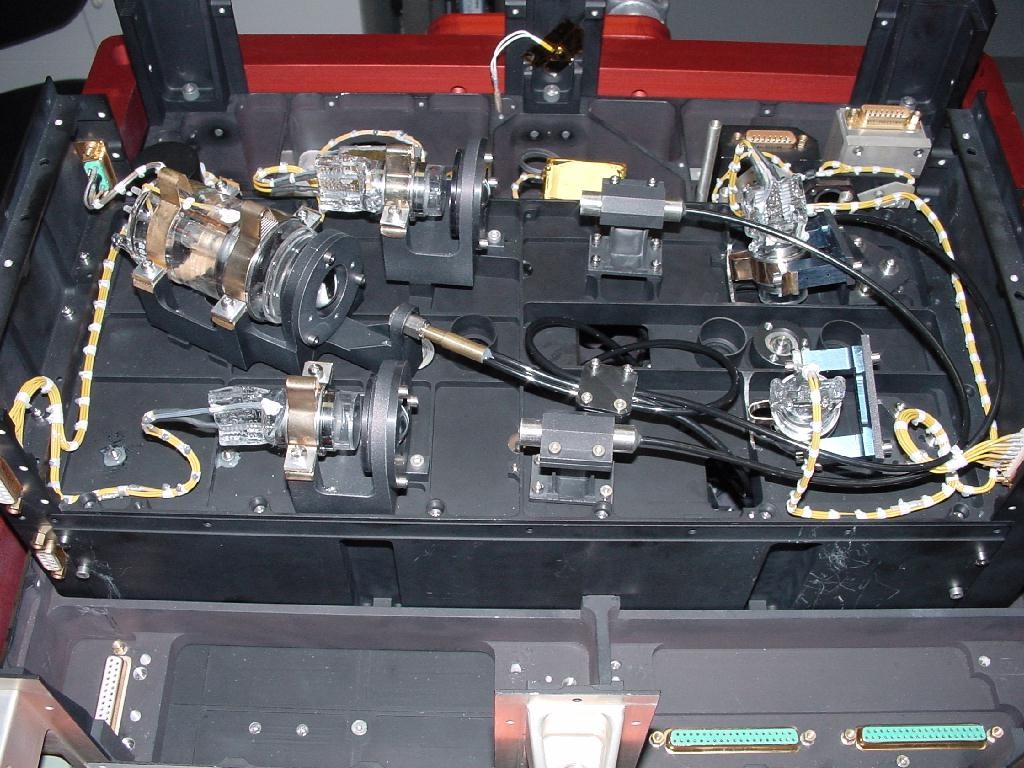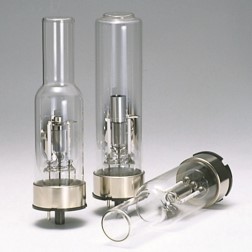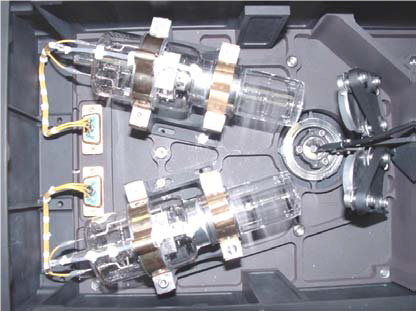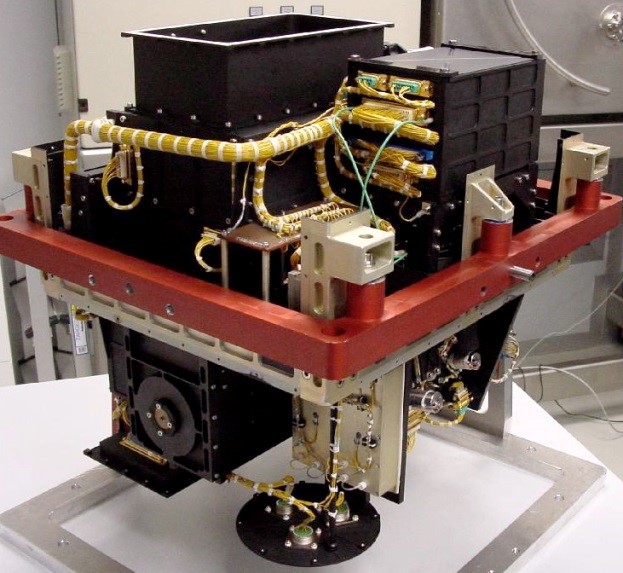Home
The B.RCLab (Belgian Radiometric Characterization Laboratory) is a radiometric center of excellence located in Bruxelles, in the laboratories of the Royal Institute for Space Aeronomy of Belgium (BIRA-IASB) on the Uccle Plateau.
The B.RCLab provides several rooms, including an ISO-5 certified cleanroom, to perform radiometric instrumental characterization with a spectral range extending from Vacuum Ultraviolet (VUV) to Near Infrared (NIR).
Why radiometric characterization?
Studying the physics and chemistry of the atmosphere of Earth and other planets includes measurements of solar irradiance, spectroscopic measurements for trace species in the atmosphere, or aurora observations. All these measurements (ground-based, on board of balloons and rockets, or of course space projects) are based on radiometry.
Read more about the Requirements for radiometry
Operational equipment
In the wake of these projects, it was decided to consolidate the experience gained and to enhance the operational equipment in order to be involved in new ground-based or space projects. This is the reason for the existence of the Belgian Radiometric Laboratory. The laboratory is currently looking for new projects/partners to keep growing and diversify its activities.
The available facilities are summarized hereafter.
These rooms are composed of instrumentations developed for:
- Thermal-vacuum VIS-NIR characterization: typically for sub-systems (array detectors for example) or whole space instrument to be qualified in a space-simulated environment: cooling cycle and relative/absolute VIS-NIR radiometric characterization (QE, DC, DSNU, PRNU, latency, linearity, …).
- Absolute radiometry, UV-VIS-NIR: for calibrations in spectral irradiance and radiance, using secondary standards (calibrated lamps). Typically for instruments dedicated to solar measurements (spectrometers, pyranometers, radiometers).
- Radiometric characterization, UV-VIS-NIR: typically for ground-based instrumentation dedicated to solar measurements in absolute or relative units. For example, for trace species observations (spectroscopy), solar measurements and aurora observations. It includes angular response characterizations, wavelength scale calibrations, straylight and linearity characterizations, relative spectral response characterizations, filter transmission
- VUV radiometric characterization: using a vacuum spectrometer, light source, calibrated detector. For radiometric characterizations (relative spectral response, linearity, transmission of filter) that require the exploration of wavelengths shorter than 200 nm.
- Large integrating sphere: for flat field characterization and photometry.
- Roof facilities: used to test the instruments designed for solar measurements. Typically for validation before field measurements.
Note: the large integrating sphere and VUV facility are still in development.
The B.RCLab emanates from the 'D42 Solar Irradiance and Radiometry' division of BIRA-IASB.
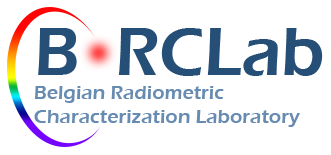 |
 |
 |

